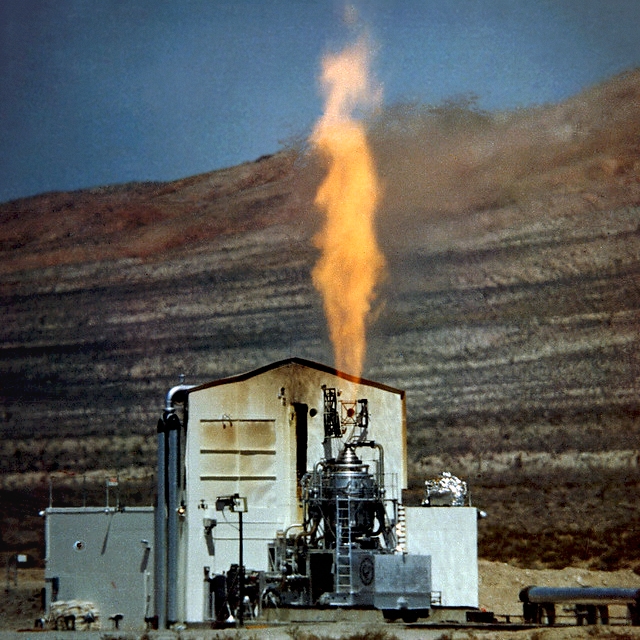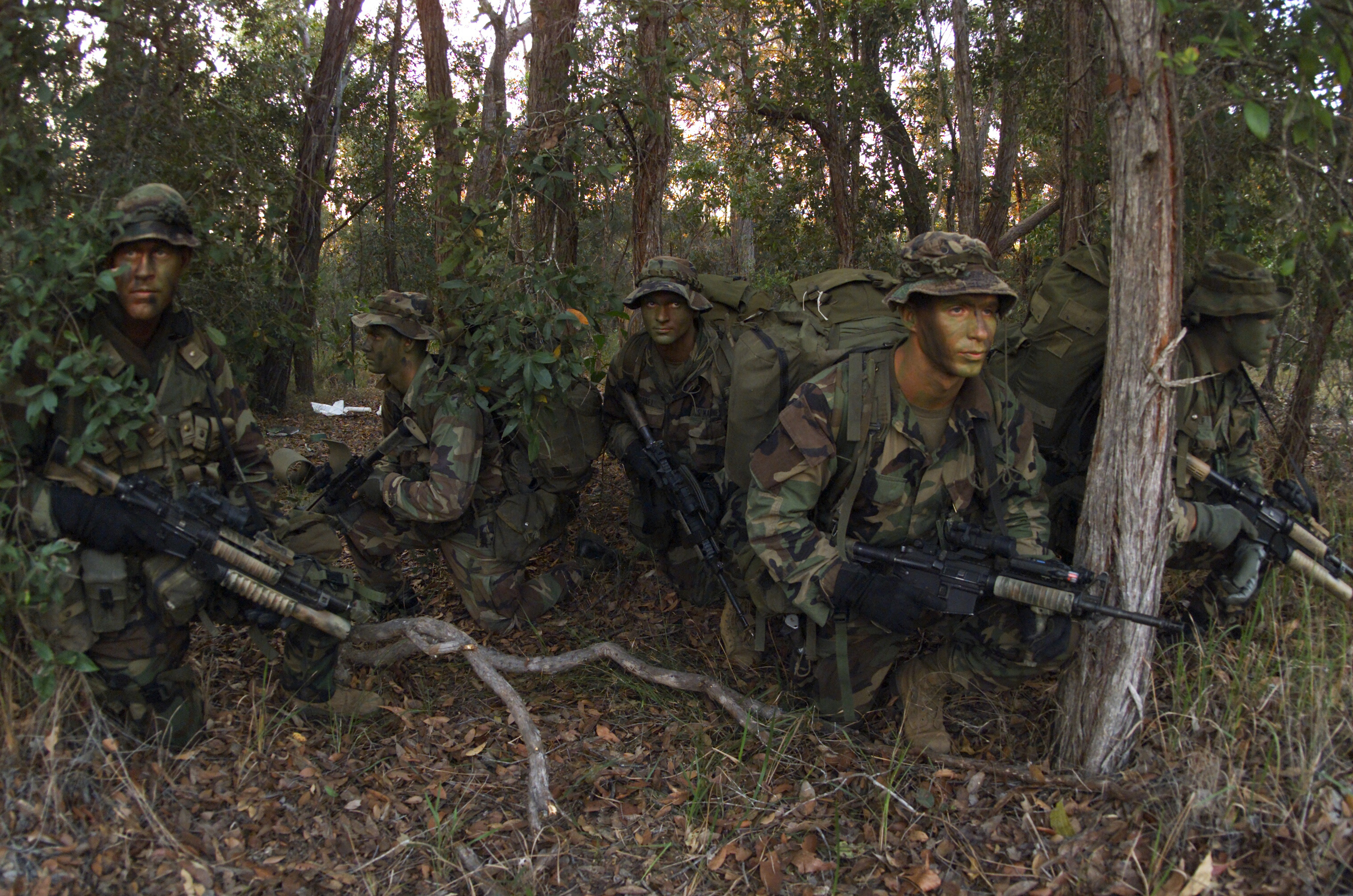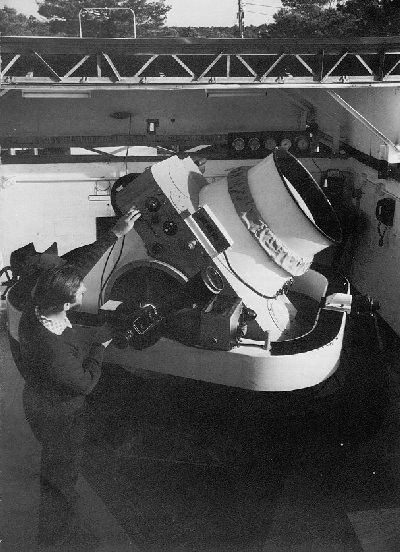|
Kosmos 1818
Kosmos 1818 was a nuclear powered Soviet surveillance satellite in the RORSAT program, which monitored NATO vessels using radar. Kosmos 1818 was the first satellite to use the TOPAZ-1 fission reactor. In July 2008, the satellite was damaged, and leaked a trail of sodium coolant. Description Kosmos 1818 was launched on February 1, 1987 on a Tsyklon-2 rocket from the Baikonur Cosmodrome. It was put into an orbit about above the Earth's surface at an inclination of 65° and a period of 100.6 minutes. The satellite had a mission life of about five to six months. The satellite was powered by a TOPAZ 1 nuclear reactor. This was cooled by liquid sodium-potassium, NaK, metal, it used a high-temperature moderator containing hydrogen and highly enriched uranium fuel. It produced electricity using a thermionic converter. It had a Plazma-2 SPT electric engine. Its mission was to search the oceans for naval and merchant vessels, using radar. Unlike the earlier Soviet RORSA ... [...More Info...] [...Related Items...] OR: [Wikipedia] [Google] [Baidu] |
Kosmos 954
Kosmos 954 () was a reconnaissance satellite launched by the Soviet Union in 1977. A malfunction prevented safe separation of its onboard Nuclear reactor technology, nuclear reactor; when the satellite Atmospheric reentry, reentered the Earth's atmosphere the following year, it scattered radioactive debris over northern Canada, some of the debris landing in the Great Slave Lake next to Fort Resolution, Northwest Territories. This prompted an extensive multiyear cleanup operation known as Operation Morning Light. The Canadian government billed the Soviet Union for over 6 million Canadian dollars under the terms of the Outer Space Treaty, which obligates states for damages caused by their space objects. The USSR eventually paid 3 million Canadian dollars in compensation. Launch and operation The satellite was part of the Soviet Union's RORSAT programme, a series of reconnaissance satellites which observed ocean traffic, including surface vessels and nuclear submarines, using act ... [...More Info...] [...Related Items...] OR: [Wikipedia] [Google] [Baidu] |
Nuclear Power In Space
Nuclear power in space is the use of nuclear power in outer space, typically either small nuclear fission, fission systems or radioactive decay for electricity or heat. Another use is for scientific observation, as in a Mössbauer spectrometer. The most common type is a radioisotope thermoelectric generator, which has been used on many space probes and on crewed lunar missions. Small fission reactors for Earth observation satellites, such as the TOPAZ nuclear reactor, have also been flown. A radioisotope heater unit is powered by radioactive decay and can keep components from becoming too cold to function, potentially over a span of decades. The United States tested the SNAP-10A nuclear reactor in space for 43 days in 1965, with the next test of a nuclear reactor power system intended for space use occurring on 13 September 2012 with the Demonstration Using Flattop Fission (DUFF) test of the Kilopower reactor. After a ground-based test of the experimental 1965 Romashka reactor, w ... [...More Info...] [...Related Items...] OR: [Wikipedia] [Google] [Baidu] |
Kosmos Satellites
Cosmos generally refers to an orderly or harmonious system. Cosmos or Kosmos may also refer to: Space * '' Cosmos 1'', a privately funded solar sail spacecraft project * Cosmic Evolution Survey (COSMOS), a Hubble Space Telescope Treasury Project * Kosmos (rocket family), a series of Soviet/Russian rockets * Kosmos (satellite), a series of Soviet/Russian satellites * Universe, synonymous with cosmos * COSMOS field, an image taken by the Hubble Space Telescope Places * Cosmos, Minnesota, United States * Cosmos, Rio de Janeiro, a neighborhood of Rio de Janeiro, Brazil * Kosmos, South Africa, a village in North West Province * Kosmos, Washington, an unincorporated community in Washington, United States Books * ''Cosmos'' (serial novel), a 17-chapter serial novel published in ''Science Fiction Digest'' (later ''Fantasy Magazine'') in 1933 - 1934 * ''Cosmos'' (Humboldt book), a scientific treatise by Alexander von Humboldt * ''Cosmos'' (Gombrowicz novel), a 1965 novel by Witol ... [...More Info...] [...Related Items...] OR: [Wikipedia] [Google] [Baidu] |
Reconnaissance Satellites Of The Soviet Union
In military operations, military reconnaissance () or scouting is the exploration of an area by military forces to obtain information about enemy forces, the terrain, and civil activities in the area of operations. In military jargon, reconnaissance is abbreviated to ''recce'' (in British, Canadian, Australian English) and to ''recon'' (in American English), both derived from the root word ''reconnoitre'' / ''reconnoitering''. The types of reconnaissance include patrolling the local area of operations and long-range reconnaissance patrols, which are tasks usually realized in the United States of America by U.S. Army Rangers, cavalry scouts, and military intelligence specialists, using navy ships and submarines, reconnaissance aircraft, satellites to collect raw intelligence; and establishing observation posts. Moreover, espionage is different from reconnaissance, because spies work as civilians in enemy territory. Etymology The word is derived from the Middle French word ''re ... [...More Info...] [...Related Items...] OR: [Wikipedia] [Google] [Baidu] |
NBC News
NBC News is the news division of the American broadcast television network NBC. The division operates under NBCUniversal Media Group, a division of NBCUniversal, which is itself a subsidiary of Comcast. The news division's various operations report to the president of NBC News, Rebecca Blumenstein. The NBCUniversal News Group also comprises MSNBC, the network's 24-hour liberal cable news channel, as well as business and consumer news channels CNBC and CNBC World, the Spanish language and United Kingdom-based Sky News. NBC News aired the first regularly scheduled news program in American broadcast television history on February 21, 1940. The group's broadcasts are produced and aired from 30 Rockefeller Plaza, NBCUl's headquarters in New York City. The division presides over the flagship evening newscast ''NBC Nightly News'', the world's first of its genre morning television program, ''Today (American TV program), Today'', and the longest-running television series in American hi ... [...More Info...] [...Related Items...] OR: [Wikipedia] [Google] [Baidu] |
Radioactive Contamination
Radioactive contamination, also called radiological pollution, is the deposition of, or presence of Radioactive decay, radioactive substances on surfaces or within solids, liquids, or gases (including the human body), where their presence is unintended or undesirable (from the International Atomic Energy Agency (IAEA) definition). Such contamination presents a hazard because the radioactive decay of the contaminants produces ionizing radiation (namely alpha particle, alpha, beta particle, beta, gamma rays and free neutrons). The degree of hazard is determined by the concentration of the contaminants, the energy of the radiation being emitted, the type of radiation, and the proximity of the contamination to organs of the body. It is important to be clear that the contamination gives rise to the radiation hazard, and the terms "radiation" and "contamination" are not interchangeable. The sources of radioactive pollution can be classified into two groups: natural and man-made. Follo ... [...More Info...] [...Related Items...] OR: [Wikipedia] [Google] [Baidu] |
International Space Station
The International Space Station (ISS) is a large space station that was Assembly of the International Space Station, assembled and is maintained in low Earth orbit by a collaboration of five space agencies and their contractors: NASA (United States), Roscosmos (Russia), European Space Agency, ESA (Europe), JAXA (Japan), and Canadian Space Agency, CSA (Canada). As the largest space station ever constructed, it primarily serves as a platform for conducting scientific experiments in microgravity and studying the space environment. The station is divided into two main sections: the Russian Orbital Segment (ROS), developed by Roscosmos, and the US Orbital Segment (USOS), built by NASA, ESA, JAXA, and CSA. A striking feature of the ISS is the Integrated Truss Structure, which connect the station’s vast system of solar panels and Spacecraft thermal control, radiators to its pressurized modules. These modules support diverse functions, including scientific research, crew habitation, ... [...More Info...] [...Related Items...] OR: [Wikipedia] [Google] [Baidu] |
Russian Space Forces
The Russian Space Forces () is the space force branch of the Russian Aerospace Forces. It was reestablished following the August 1, 2015 merger between the Russian Air Force and the Russian Aerospace Defence Forces, after the independent arm of service was dissolved in 2011. Formed on August 10, 1992 alongside the creation of the Russian Armed Forces, the Russian Space Forces was the first independent space force in the world. The organization shared control of the Baikonur Cosmodrome with Roscosmos, the Federal Space Agency. It also operated the Plesetsk Cosmodrome, Plesetsk and the Svobodny Cosmodromes. However the Russian Space Forces was dissolved in July 1997 and incorporated into the Strategic Missile Forces. The Russian Space Forces was once again reformed as an independent troop on June 1, 2001, under a military reorganization. However, by December 2011, it was dissolved once again and this time replaced by the Russian Aerospace Defence Forces. On August 1, 2015, the Ru ... [...More Info...] [...Related Items...] OR: [Wikipedia] [Google] [Baidu] |
Coolant
A coolant is a substance, typically liquid, that is used to reduce or regulate the temperature of a system. An ideal coolant has high thermal capacity, low viscosity, is low-cost, non-toxic, chemically inert and neither causes nor promotes corrosion of the cooling system. Some applications also require the coolant to be an electrical insulator. While the term "coolant" is commonly used in automotive and HVAC applications, in industrial processing heat-transfer fluid is one technical term more often used in high temperature as well as low-temperature manufacturing applications. The term also covers cutting fluids. Industrial cutting fluid has broadly been classified as water-soluble coolant and neat cutting fluid. Water-soluble coolant is oil in water emulsion. It has varying oil content from nil oil (synthetic coolant). This coolant can either keep its phase and stay liquid or gaseous, or can undergo a phase transition, with the latent heat adding to the cooling efficiency. ... [...More Info...] [...Related Items...] OR: [Wikipedia] [Google] [Baidu] |
United States Space Surveillance Network
The United States Space Surveillance Network (SSN) detects, tracks, catalogs and identifies artificial objects orbiting Earth, e.g. active/inactive satellites, spent rocket bodies, or fragmentation debris. The system is the responsibility of United States Space Command and operated by the United States Space Force and its functions are: * Predict when and where a decaying space object will re-enter the Earth's atmosphere; * Prevent a returning space object, which to radar looks like a missile, from triggering a false alarm in missile-attack warning sensors of the U.S. and other countries; * Chart the present position of space objects and plot their anticipated orbital paths; * Detect new artificial objects in space; * Correctly map objects traveling in Earth orbit; * Produce a running catalog of artificial space objects; * Determine ownership of a re-entering space object; * The Space Surveillance Network includes dedicated, collateral, and contributing electro-optical, pa ... [...More Info...] [...Related Items...] OR: [Wikipedia] [Google] [Baidu] |
Apparent Magnitude
Apparent magnitude () is a measure of the Irradiance, brightness of a star, astronomical object or other celestial objects like artificial satellites. Its value depends on its intrinsic luminosity, its distance, and any extinction (astronomy), extinction of the object's light caused by interstellar dust along the sightline, line of sight to the observer. Unless stated otherwise, the word ''magnitude'' in astronomy usually refers to a celestial object's apparent magnitude. The magnitude scale likely dates to before the ancient Ancient Greek astronomy#Astronomy in the Greco-Roman and Late Antique eras, Roman astronomer Ptolemy, Claudius Ptolemy, whose Star catalogue, star catalog popularized the system by listing stars from First-magnitude star, 1st magnitude (brightest) to 6th magnitude (dimmest). The modern scale was mathematically defined to closely match this historical system by Norman Robert Pogson, Norman Pogson in 1856. The scale is reverse logarithmic scale, logarithmic: ... [...More Info...] [...Related Items...] OR: [Wikipedia] [Google] [Baidu] |






